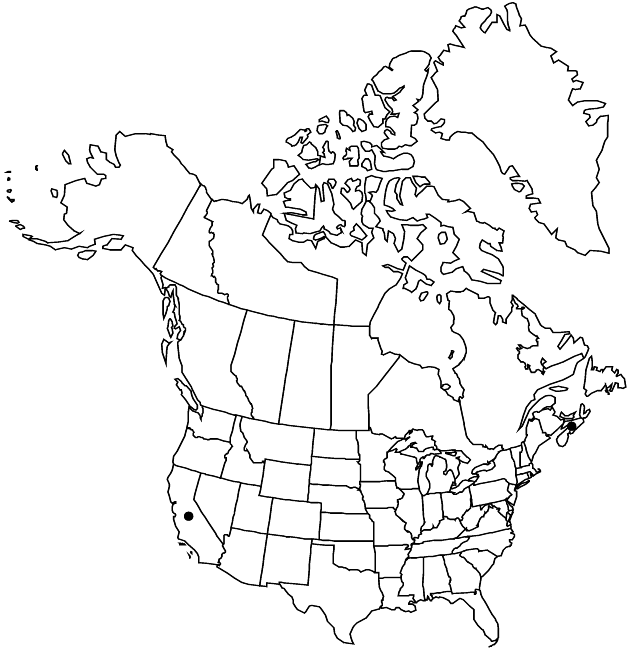Senecio squalidus
Sp. Pl. 2: 869. 1753.
Annuals (or perennials), 15–60+ cm (taprooted). Herbage sparsely, unevenly floccose to subglabrous, glabrescent. Stems single (branching distally). Leaves evenly distributed; petiolate (proximal, petioles ± winged); blades obovate to oblong, 4–10 × 2–4+ cm, mostly lyrate-pinnatifid to pinnate, bases tapered, ultimate margins dentate (distal leaves similar, smaller, sessile). Heads (3–) 6–20 in open, cymiform arrays. Calyculi of 4–10+ bractlets (1–2+ mm). Phyllaries (± 13) ± 21, 5–6+ mm, tips black. Ray-florets ± 13; corolla laminae 5–8 mm. Cypselae usually hairy. 2n = 20.
Phenology: Flowering late winter–spring or fall.
Habitat: Disturbed sites (in regions of cool, damp climates)
Elevation: 0–300 m
Distribution

Introduced; N.S., Calif., Europe
Discussion
Senecio squalidus is native in Europe, where it is a common weed. It is apparently established in the San Francisco Bay area, California and has been reported from British Columbia, New Brunswick, and Nova Scotia. It is to be expected elsewhere.
Selected References
None.